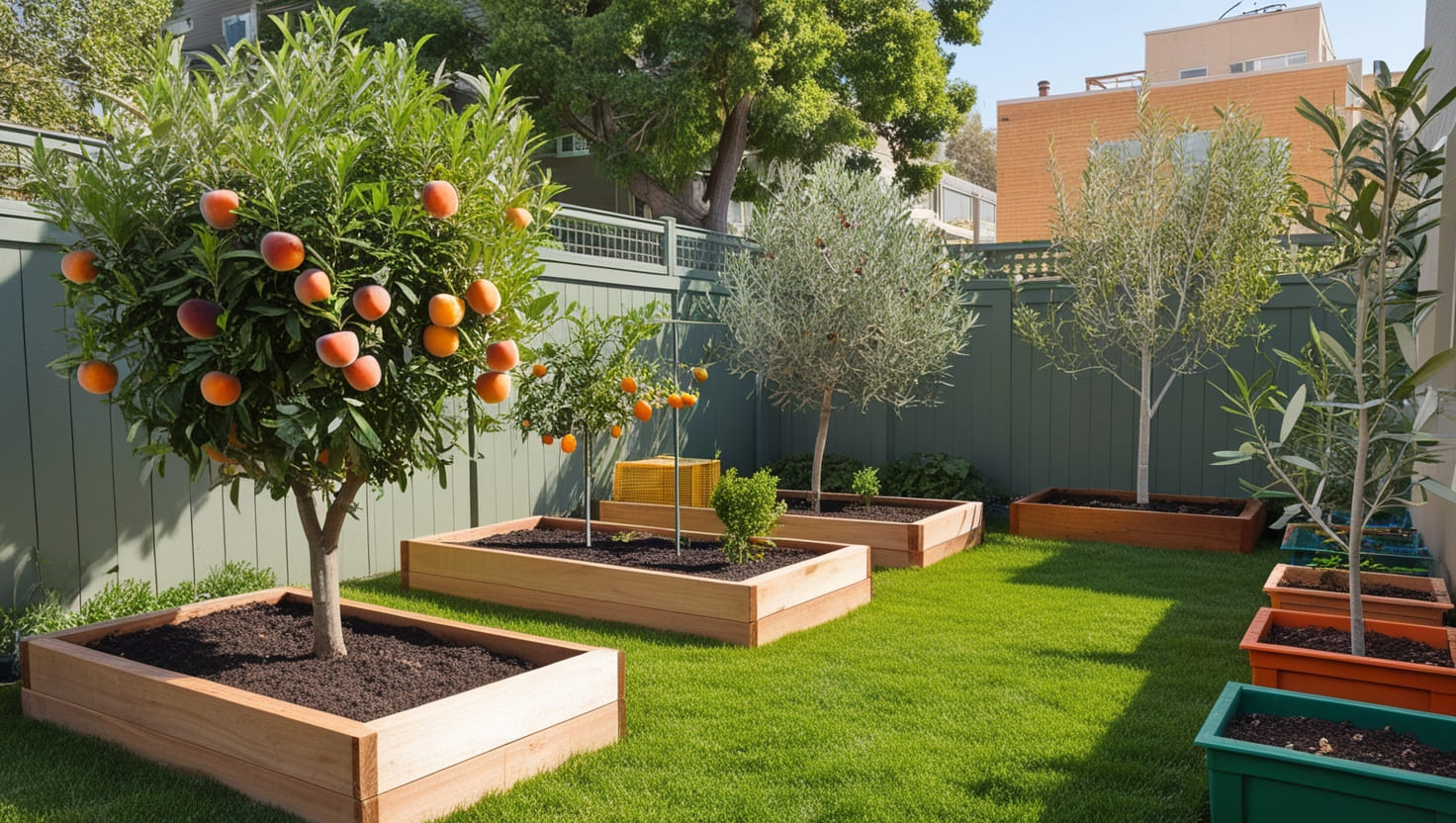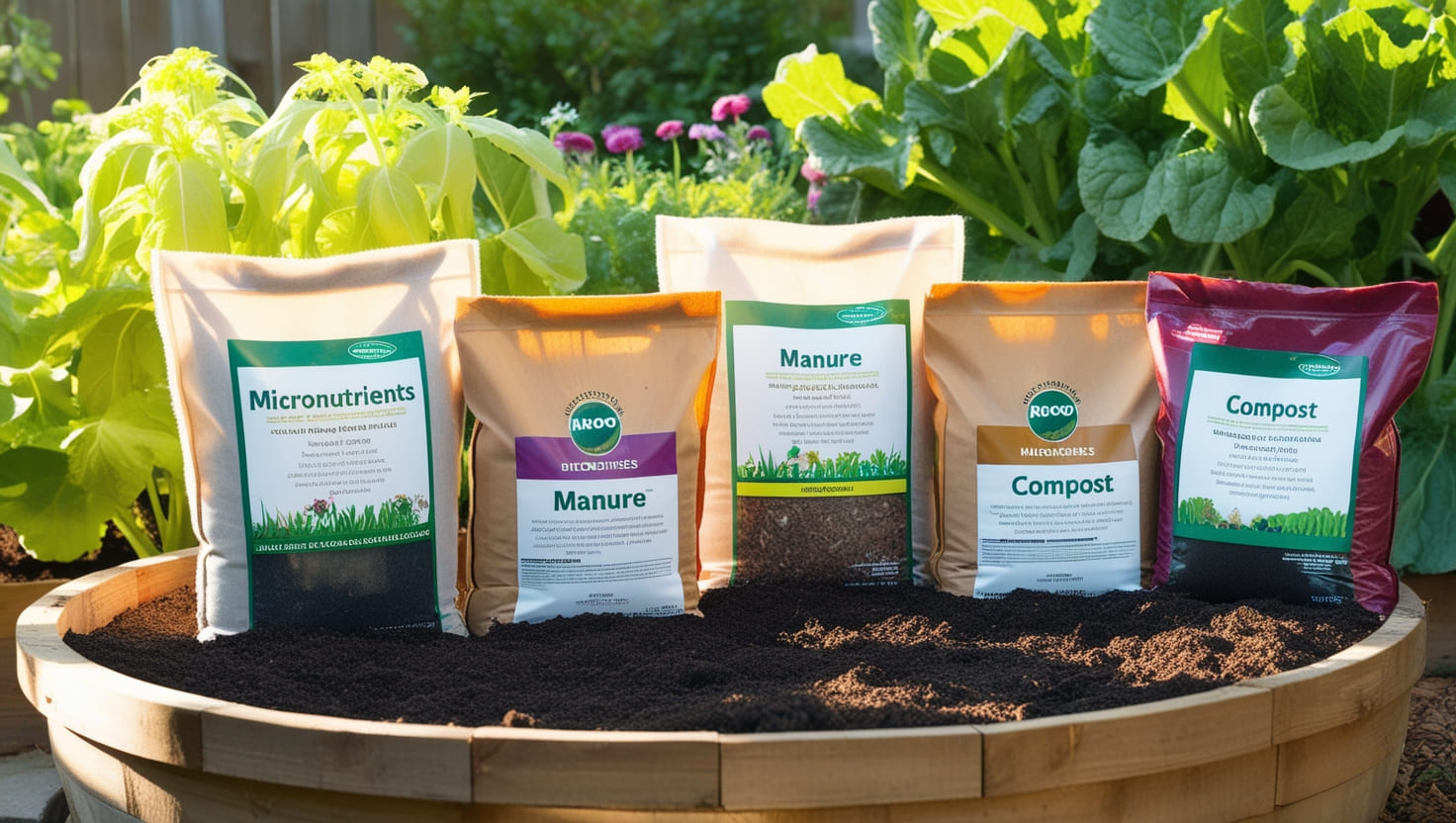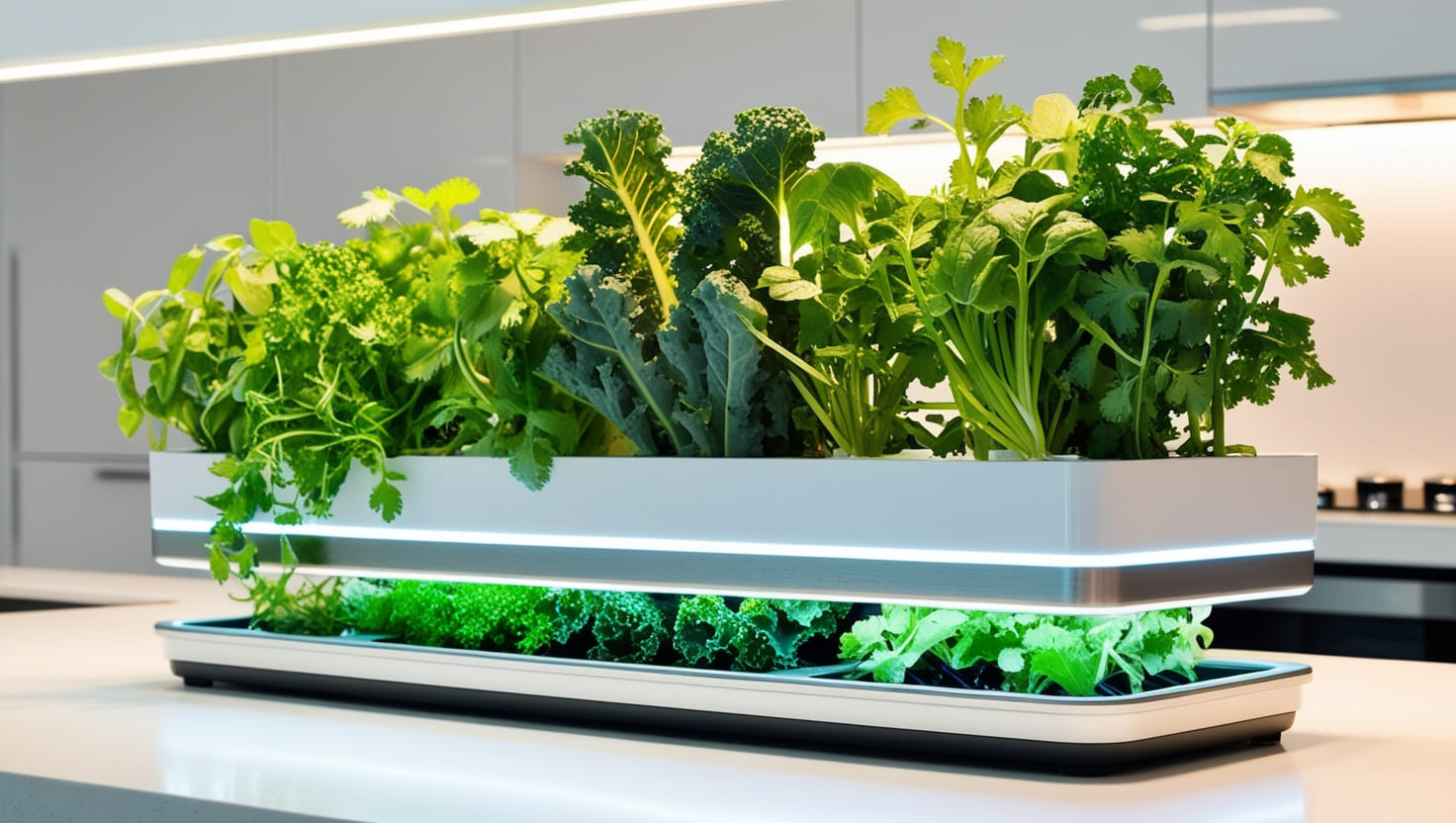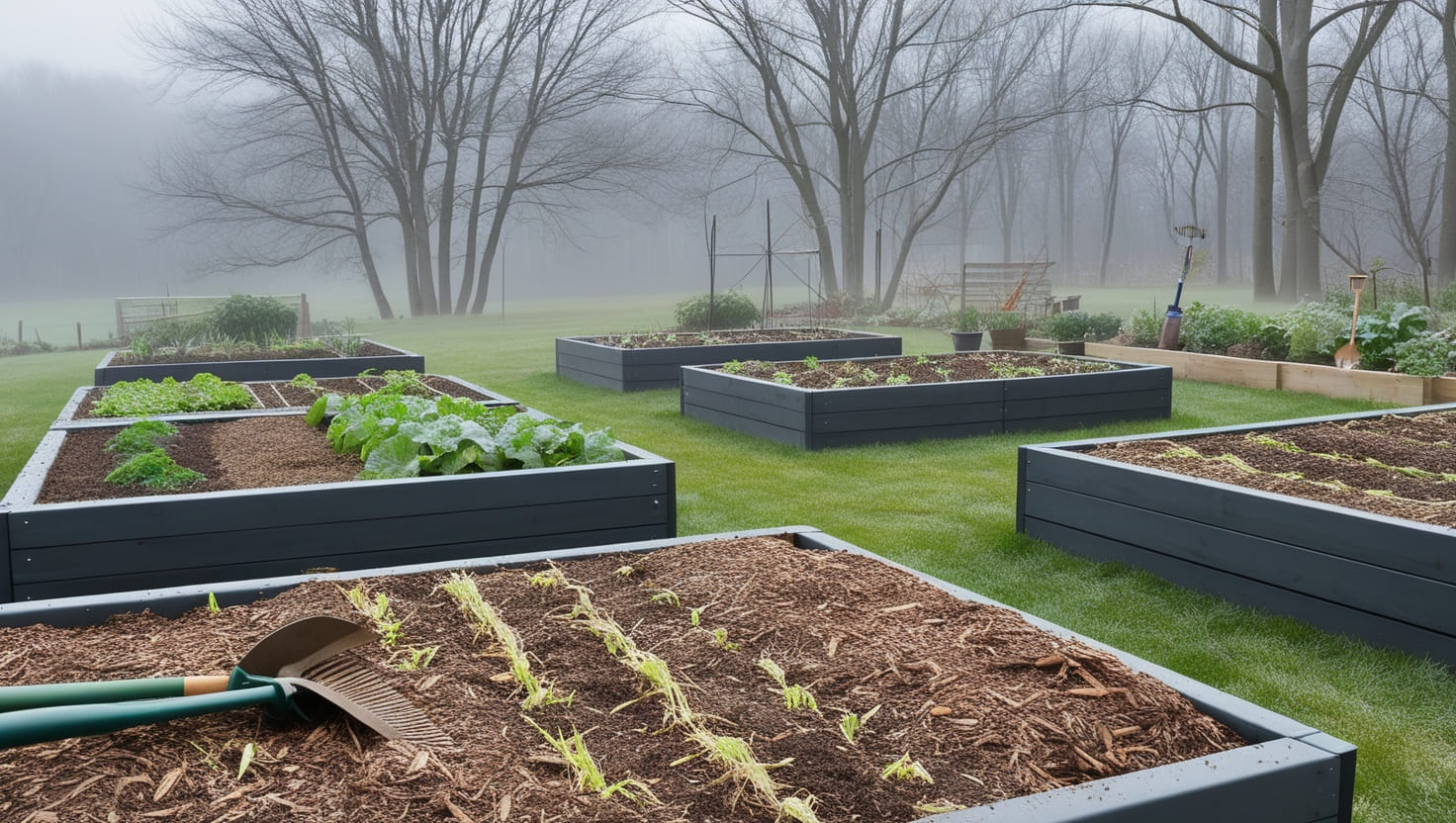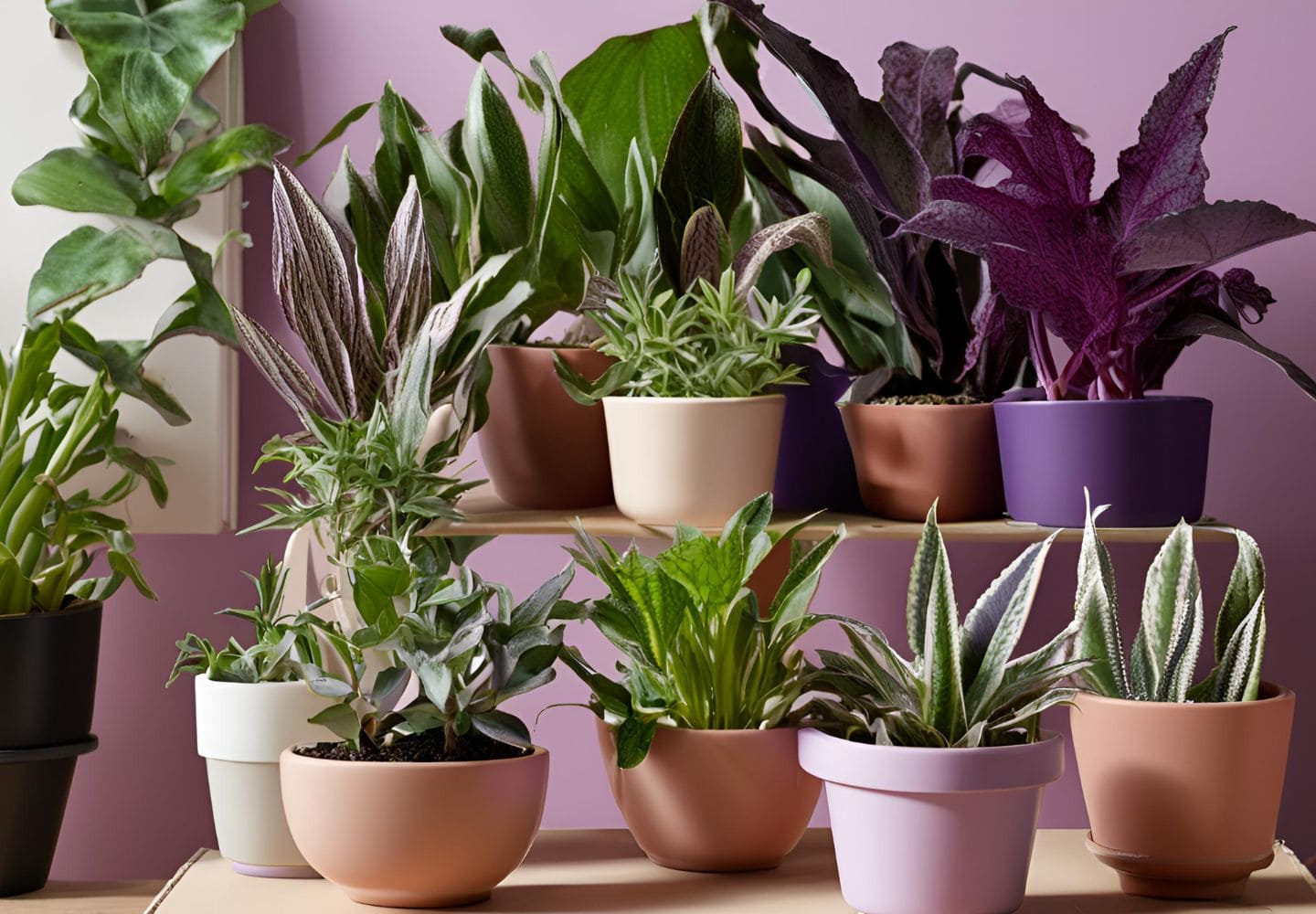
Introduction
Indoor plants have been around for so long that they are almost a staple in modern home decor, not only because of their beauty but also the various health benefits associated with them. Best known for their capacity to clean the air and lessening pressure, plants are fundamental in making a pleasant mood.
Green is the typical colour of plants for indoor, but since purple leaves are attractive in itself. This makes them a go-to for plant lovers who want some color and weirdness in their house. So, today we are going to find out the indoor purple plants in detail about what these kinds of plants require for the healthy growth indoors.Care and Benefits.Names along with all decorative ideas that can help make your room look fresh.
Common Purple Leaves Houseplants
Purple Passion Plant – Gynura Aurantiaca
Purple Passion PlantThe beautiful purple passion plant with its velvety deep-purple leaves is truly a show stopper. The fiddle leaf fig enjoys bright, indirect light and water every once in a while. Hence, it is great for the people who wish to add a splash of indoor color in their garden.
Another one of our favorites is the Purple Waffle Plant, which has crinkled purple-colored and metallic looking leaves. Its perfect environment have humidity levels being high and light source is not direct, the areas that are right for it bathrooms or kitchen.
Wandering Jew (Tradescantia zebrina)
Wandering Jew — A hanging, purplish/grey striped very long trailing plant It’s low maintenance and can be the most charming hanging basket with its brightly colored fleshy stems will fall gracefully.
Cordyline Fruticosa (Ti Plant)
Another plant with purple foliage and purported luck boosting power, the Ti Plant. Succulent that requires consistent watering to produce vibrant color and excellent for well-draining soil
Persian Shield (Strobilanthes Dyerianus)
This plant is well-known for its iridescent purple leaves that reflect light. Without doubt, it serves as a superb container or basket specimen to fulfill this purpose. This plant is used to hot, sticky weather and like it when you place them where they will have indirect sunlight for most of the day.
Learn another beautiful indoor plant > Crocodile Ferns
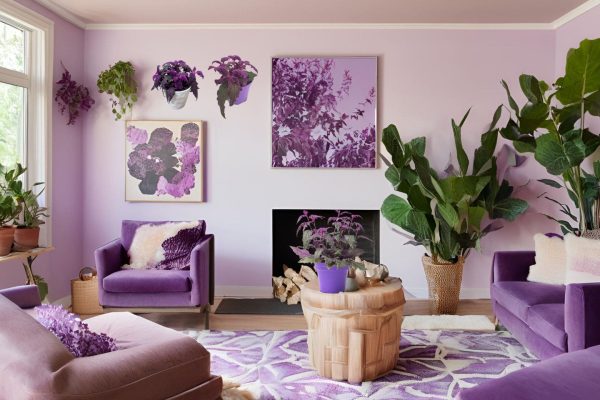
Purple Indoor Plants Benefits
Aesthetic Appeal
In any indoor garden, purple-leaved plants are eye-catching partly because they contrast with the usual greens of such display category. You can create a striking vignette or define some other special plant.
Air Purification
Houseplants in general aid with air quality inside your home and the same can be said for purple-leaved window plants. It is not only good-looking, but also healthy.
Stress Reduction
Purple-leaved plants can improve the quality of life through stress reduction — having a plant indoors has been shown to elevate mood, lower blood pressure and help relax nerves even as their uniquely colorful hues lend an aspect of tranquility.
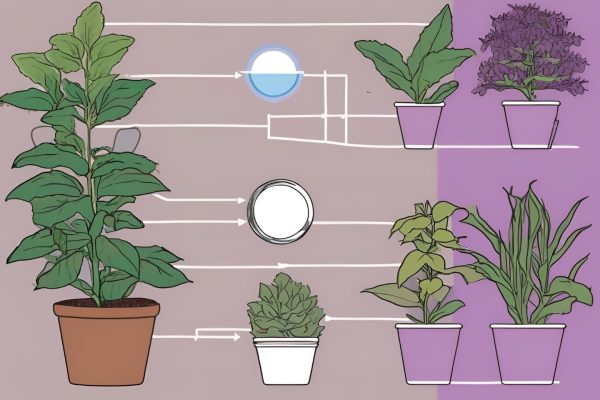
Indoor Purple Leaves Plant Care
Light Requirements
This often means purple-leaved plants like a lot of bright, indirect light. Leaves may lose their bright color in too much direct sunlight but poor growth can occur when not exposed to enough natural light.
Watering Needs
These plants are usually also moderate / regular watering. Root rot is a common issue with Aglaonema; it’s easy to avoid this problem by letting top inch of soil dry between watering.
Soil and Potting Mix
Purple-leaved plants require a well-draining potting mix. The combination of peat and perlite with compost is often successful, as long roots are able to get the oxygen they need.
Fertilization Tips
During the warmer months apply a water-soluble balanced fertilizer every 4 to six weeks. This will keep their foliage so vibrant.
Pruning and Maintenance
Purple-leaved plants often need regular pruning to maintain their looks. To promote new growth and also to make sure pests do not collect, pinch off any dead or yellowing leaves.
Common Issues and Troubleshooting
Leaf Discoloration: If leaves on your purple-leaved plant are losing color or yellowing this may be as a result of not enough light getting to their leaves, over-watering. You can fix this by placing them in a spot where it receives less light and watering more sparingly.
Pests and Diseases: Spider mites and aphids are common pests that insecticidal soap or neem oil can help control. Fungus diseases will be avoided by making sure there is good air circulation and none of the plants are watered excessively.
Overwatering and Root Rot: Root Rot- Overwatering is a primary reason for root rot in purple leaved plants. Then plant it in a well-drained soil mix and allow the excess water to drain away.
How to Decorate with Purple Indoor-Leaved Plants
Best Locations in the Home:
Any purple-leaved plants which would look perfect in a living room, bedroom or even home office. Set them around bright, indirect light areas.
Pairing with Other Plants:
A great solution with these plants is planting them next to bright green or silver-leafed indoor houseplants as the contrast sits a treat visually.
Creative Display Ideas:
Purple-leaved Plants are Great in Hanging Baskets, Decorative Pots or Plant Stands They have a distinguished color which is great for creating vibrant displays.
Expert Insights
Horticulturist’s Tips on Caring for Purple-Leaved Plants
WATERING, SOIL AND LIGHT REQUIREMENTS Purple-leaved plants need a perfect balance of light and nutrients to keep the vibrant color returning every season say horticulturists. Too much watering than necessary might cause salt to form and change the color of the leaves.
Successful Indoor Gardens: Case Studies
In one case study, a plant lover made fantastic indoor garden with all the plants having leaves purple. Success required regular maintenance and to place the plants well in order for them to obtain enough light.
Future Outlook
Indoor Plant Varieties Trend
The popularity of indoor gardening is still on the increase and more purple-leaved varieties are becoming available in my part of the world. We hope for more hybrids that feature increased colors and patterns.
Emerging Hybrid Species
As of now, scientists are breeding new strains that exhibit both traits — deep purple leaves perfect for visually stunning landscapes and a hardiness to pests and disease. If different light colours and strength have to be tailored for optimal plant growth, then a combination of both blue and red LEDs could result in energy savings.
Conclusion
Purple-leaved indoor plants are quite exotic and an attractive feature indeed. Given the right care they will be able to flourish and give aesthetic as well a health benefits.
Experienced plant enthusiast or beginner, adding some purple-leaved plants to your indoor jungle can be rewarding for anyone. With their flashy looks and simple maintenance, they are a great choice for anyone who wants to brighten up his or her place.
FAQ.
Purple-leaved plants thrive in bright, indirect light and well-draining soil. They prefer moderate watering and should be kept in a humid environment.
Water these plants when the top inch of soil feels dry. Avoid overwatering, as it can lead to root rot.
While these plants prefer bright, indirect light, some can tolerate low light conditions. However, their colors may not be as vibrant in lower light environments.
